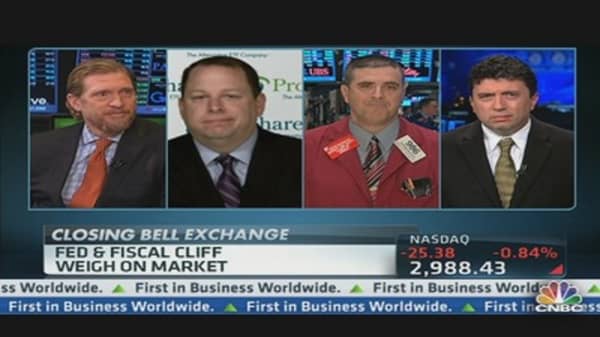It's a central bankers' world, and we're all just living in it.
Entities such as the Federal Reserve and the European Central Bank in 2012 took control of global economies like never before. Based on current market and economic behavior it's likely to be years before anything changes.
After all, how can central banks take their foot off the stimulus pedal when there's so much at stake?
In all, 13 other central banks in the world have followed the Fed's lead and set interest rates at or near zero in an effort to keep the liquidity spigots open and prop up their ailing economies. Those 14 economies represent a staggering $65 trillion in combined equity and bond market capitalizations, according to Bank of America Merrill Lynch.
As for the bond-buying programs - aka quantitative easing - that dovetail with the low interest rates, the U.S. central bank alone shortly will eclipse $3 trillion on its balance sheet and is expected to end 2013 north of $4 trillion in electronically created money. (Read More: Fed to Keep Easing, Sets Target for Rates)
Globally, that figure is, well, a lot.
"When you add up all the central banks in the world, it's going to be over $9 trillion," said Marc Doss, regional chief investment officer for Wells Fargo Private Bank. "That's like creating the second-largest economy in the world out of thin air."






